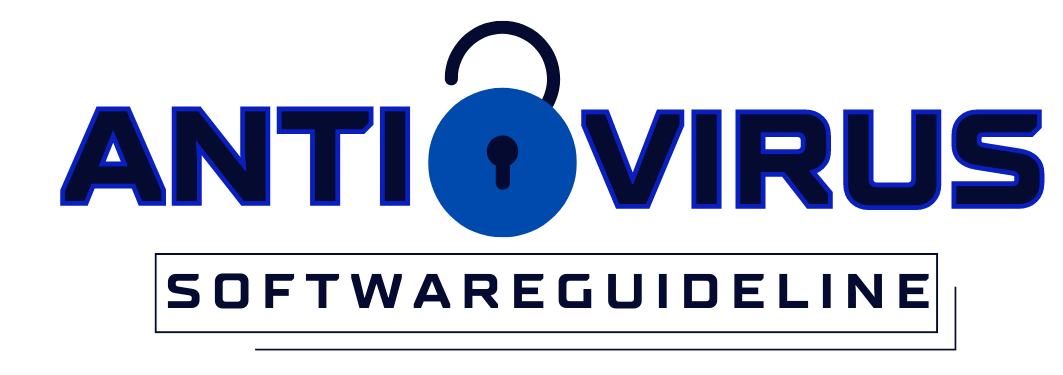
Agile and DevOps are two approaches to software development that have gained widespread adoption in recent years. While they have distinct differences in their methodologies, they are not mutually exclusive. In fact, there is a growing trend of organizations adopting both Agile and DevOps to enhance the overall quality, speed, and efficiency of their software delivery process.
Agile is a methodology that emphasizes iterative development and collaboration between developers and customers. It aims to deliver working software in short cycles, typically two to four weeks, and welcomes changes in requirements at any stage of the project. DevOps, on the other hand, is a philosophy that focuses on collaboration and automation between software development and IT operations teams. Its goal is to streamline the software deployment process, minimize errors, and enhance the quality of production code.
So, how do Agile and DevOps interrelate? Agile primarily focuses on the development process while DevOps focuses on the deployment process. Agile provides a framework for developers to work in short cycles and deliver working software while DevOps provides the necessary environment and tools for software to be continuously deployed and maintained in production. Essentially, Agile delivers the software and DevOps provides the framework for it to be delivered efficiently and effectively. Working together, Agile and DevOps can create a continuous delivery pipeline that allows developers to quickly deliver software updates and features, while ensuring it remains stable and reliable in production.
The Relationship Between Agile and DevOps
Agile and DevOps are two methodologies that are often used together in software development. Both approaches share a number of similarities, but they also have some differences that set them apart. In this section, I’ll discuss how Agile and DevOps interrelate, and the benefits that can be gained from combining these two methodologies.
What is Agile?
Agile is a methodology that was created to improve the development and delivery of software. It values customer satisfaction, flexibility, and collaboration between team members. Agile embraces changes in requirements and focuses on iterative development, testing, and delivery. Agile methodology comprises of different practices, such as Scrum, Kanban, or XP, that teams can use to manage their work and achieve the agile mindset.
What is DevOps?
DevOps, on the other hand, involves bringing together the development and operational aspects of software. It seeks to streamline the entire software delivery process by promoting automation, collaboration, and monitoring across the software development lifecycle. The main goal of DevOps is to ensure an organization can quickly release quality software, improve customer satisfaction, and increase the efficiency of its operations.

The Relationship Between Agile and DevOps
Although Agile and DevOps differ in their original focus, both methodologies share some key principles, such as:
– Continually improving processes
– Agile and flexible project management practices
– Collaboration between development and operations teams
– Automating the delivery pipeline
– Continuous testing and quality assurance
As such, it is clear that the Agile and DevOps methodologies have a strong interdependency. DevOps builds on Agile’s iterative approach by integrating it with continuous integration and continuous delivery (CI/CD) and testing while Agile emphasizes on the need for the customer’s involvement and business requirements. These methodologies complement each other, enabling teams to develop and deliver software in a faster, more efficient manner.
Benefits of Combining Agile and DevOps
Combining Agile and DevOps practices can provide several benefits, including:
– Faster time to market: Agile’s iterative approach and DevOps collaboration between teams can reduce development time and speed up software delivery.
– Improved software quality: Both methodologies prioritize quality assurance, continual testing, monitoring, and fast feedback loops, leading to more reliable and robust software.
– Greater customer satisfaction: By involving customers and stakeholders throughout the development and delivery process, Agile and DevOps teams can better understand and meet customer needs.
– Increased efficiency: Automation and collaboration are core principles of both methodologies, leading to more efficient and streamlined software development processes.
In conclusion, Agile and DevOps both aim to streamline software development and delivery, but each methodology brings unique values to the table. By combining these methodologies, teams can achieve their goals in a more efficient, collaborative, and agile way that benefits both the development and operations teams, as well as the end customers.
How Agile and DevOps Work Together
Agile and DevOps might seem like two separate entities, but they share some similarities and complement each other in various ways.

Shared Principles
Agile and DevOps both follow a set of principles that prioritize teamwork, collaboration, quick feedback, and continuous improvement. They both aim to deliver high-quality software on time by embracing flexibility, adaptiveness, and risk-taking. Additionally, they emphasize the importance of breaking down silos, encouraging cross-functional communication and cooperation, and promoting a culture of innovation and experimentation.
how do agile and devops interrelate?
While Agile focuses mainly on the software development lifecycle (SDLC), DevOps encompasses the entire software delivery pipeline (SDP). However, Agile and DevOps share many stages of the SDLC and SDP, such as planning, coding, testing, and deployment. In essence, Agile provides a framework for developers to work through development cycles, while DevOps extends Agile principles by involving other teams, such as operations, security, and business, in the delivery process.
Balancing Speed with Stability
Speed and stability are critical to Agile and DevOps success, but the challenge is to balance them effectively. Agile focuses on rapid iterations and frequent releases, while DevOps aims for continuous delivery and deployment. However, speed should not come at the expense of stability and security. Agile and DevOps work together to ensure that software is delivered quickly without comprising quality, reliability, or compliance.
Automation and DevOps
Automation is a fundamental element of both Agile and DevOps. While Agile embraces automation for testing, integration, and deployment, DevOps extends it to include automating infrastructure and operations tasks. By automating repetitive and error-prone activities, such as testing, deploying, monitoring, and scaling, Agile and DevOps teams can increase efficiency, improve accuracy, and reduce the time to market.

Conclusion
In conclusion, Agile and DevOps share common principles and practices that help teams produce high-quality software at a faster pace. Agile lays the foundation for collaboration, flexibility, and quick feedback, while DevOps extends Agile by adding automation, cross-functional teaming, and continuous delivery. By working together, Agile and DevOps help balance speed, stability, and security, create a culture of continuous improvement, and deliver value to end-users and customers efficiently.
Adopting agile and DevOps methodologies can drive digital transformation, agility, and competitiveness in any organization. These two approaches can work together seamlessly to optimize the development process and increase delivery speed while maintaining high quality.
Agile methods focus on flexibility, rapid prototyping, and incremental delivery, with frequent testing and collaboration between cross-functional teams. DevOps, on the other hand, emphasizes automation, continuous integration and delivery (CI/CD), and tighter collaboration between development and operations teams.
By combining these two methods, organizations can accelerate product releases, reduce errors and downtime, improve customer satisfaction, and deliver increased value to stakeholders. Here are some benefits of adopting agile and DevOps practices:
– Faster time-to-market: Agile and DevOps methodologies enable faster and frequent delivery of new features and updates in response to changing user needs and market demands.
– Improved quality: Increased collaboration, testing, and automation help to catch and address defects early in the development cycle.
– Reduced costs: Continuous testing and automation result in fewer defects, reducing costly rework and downtime.
– Increased customer satisfaction: Faster delivery of high-quality products and services that meet customers’ needs can improve customer satisfaction and loyalty.
– Better team collaboration: Both DevOps and agile methodologies promote cross-functional collaboration, resulting in better communication, alignment, and teamwork.
In conclusion, adopting agile and DevOps can help organizations stay ahead of competition, drive innovation, and fuel growth. By working together, these methods can promote agility, quality, efficiency, and customer satisfaction.


























